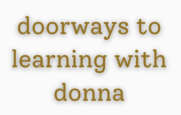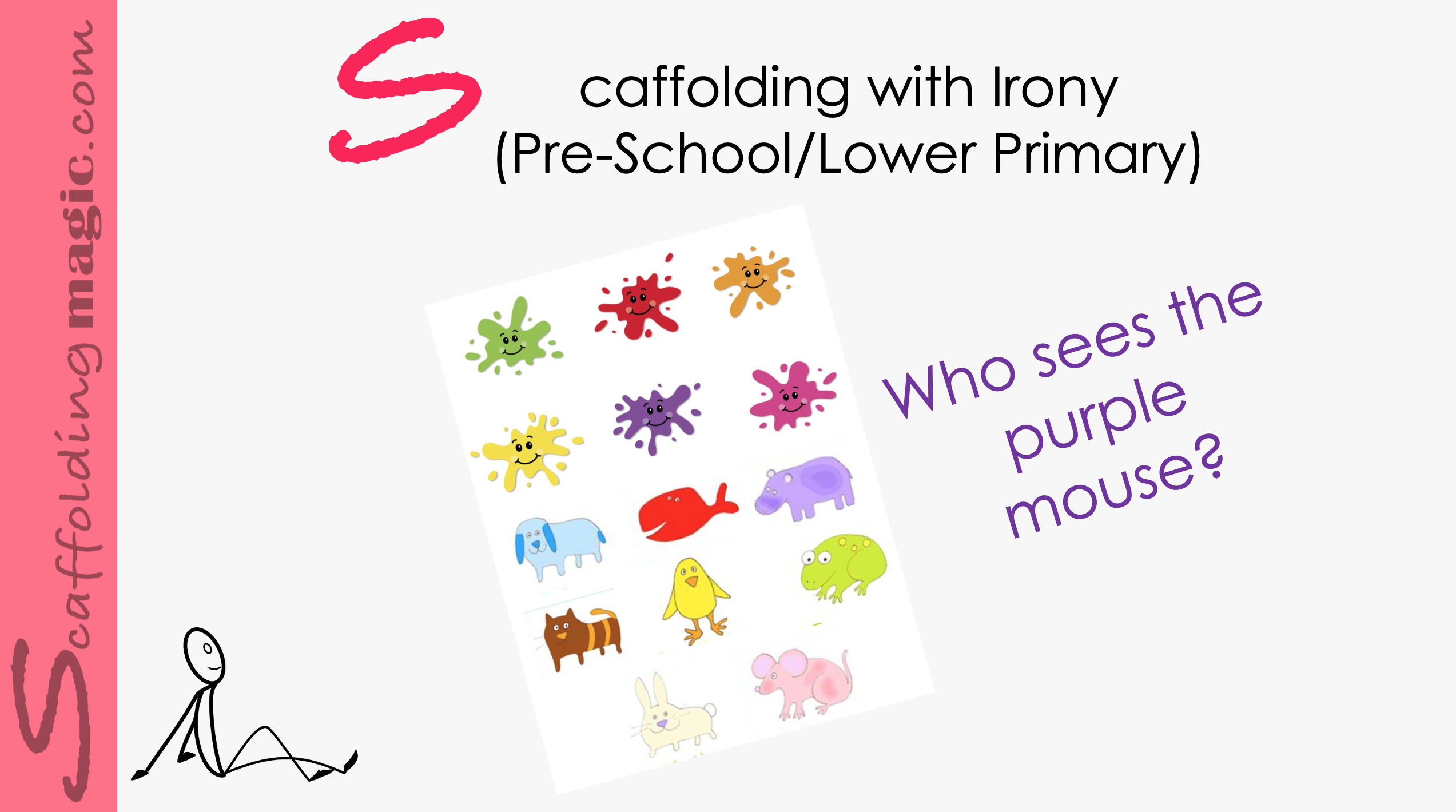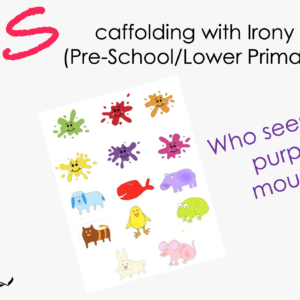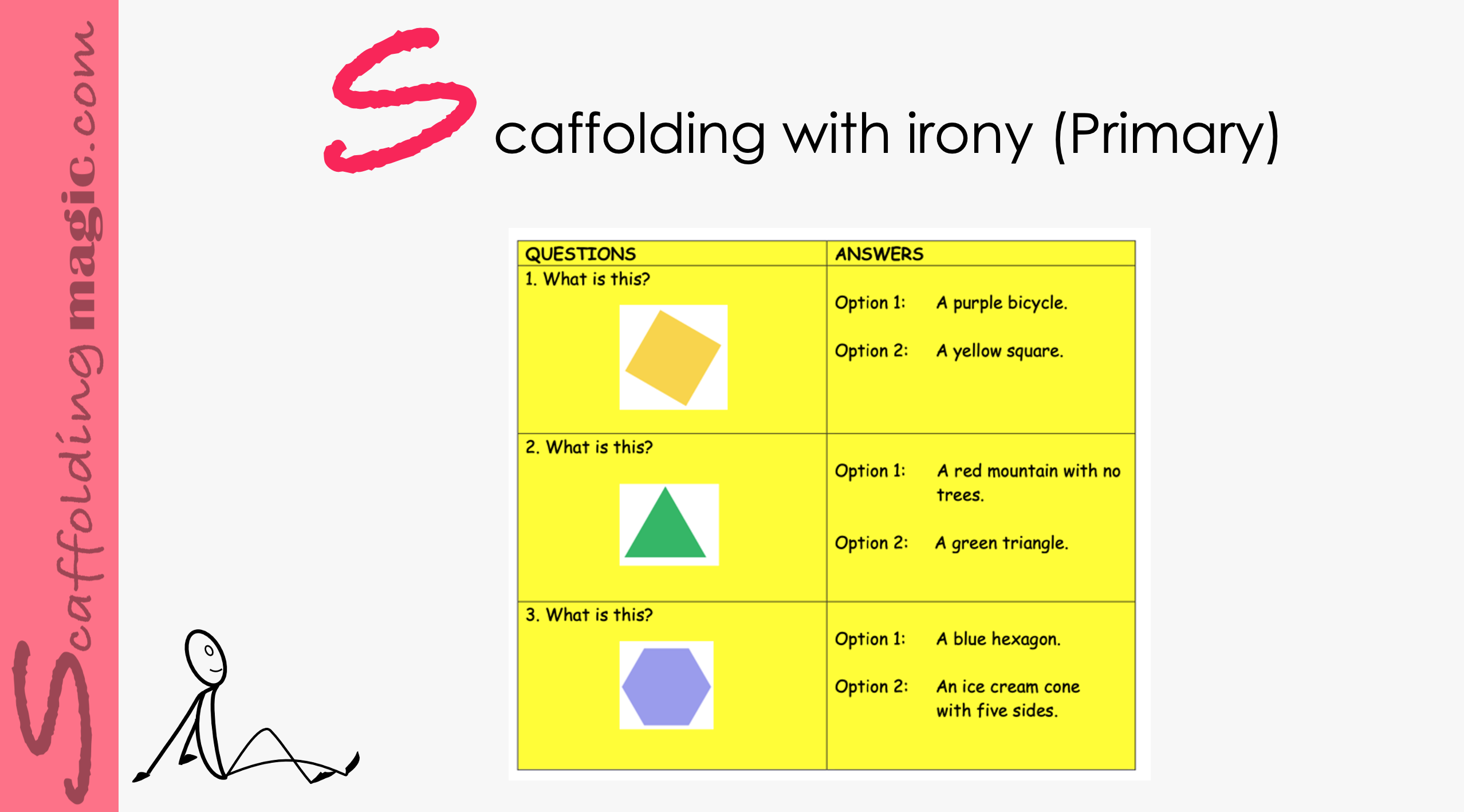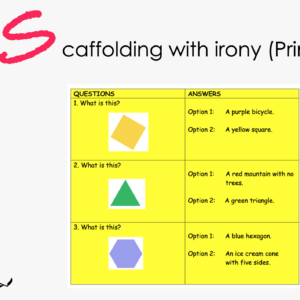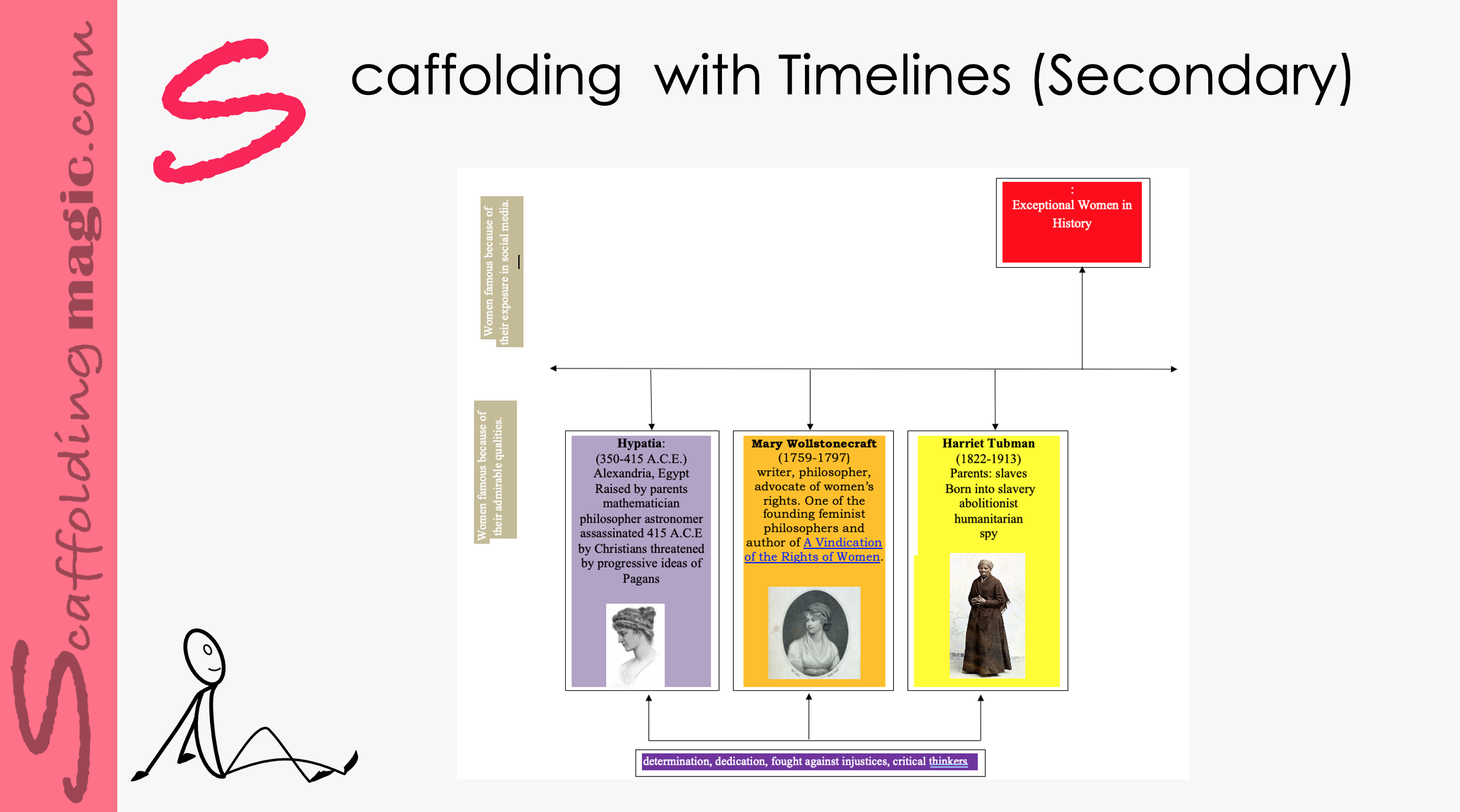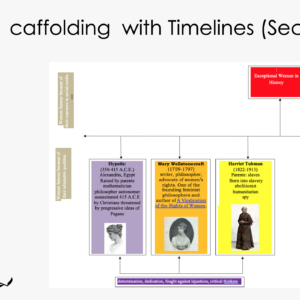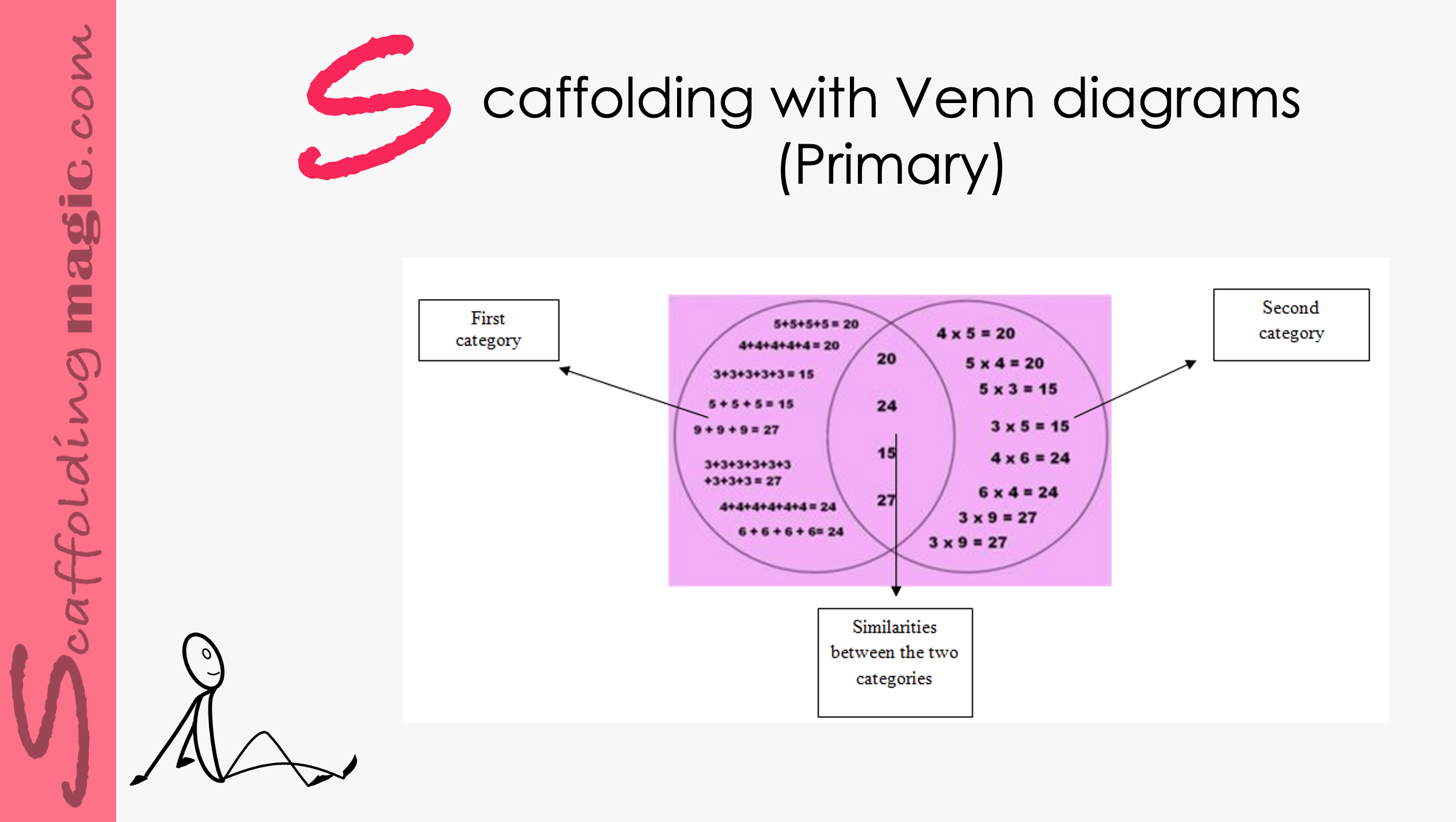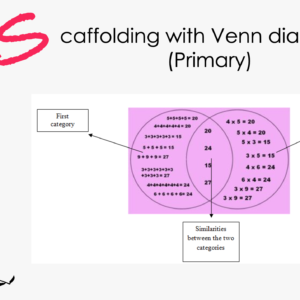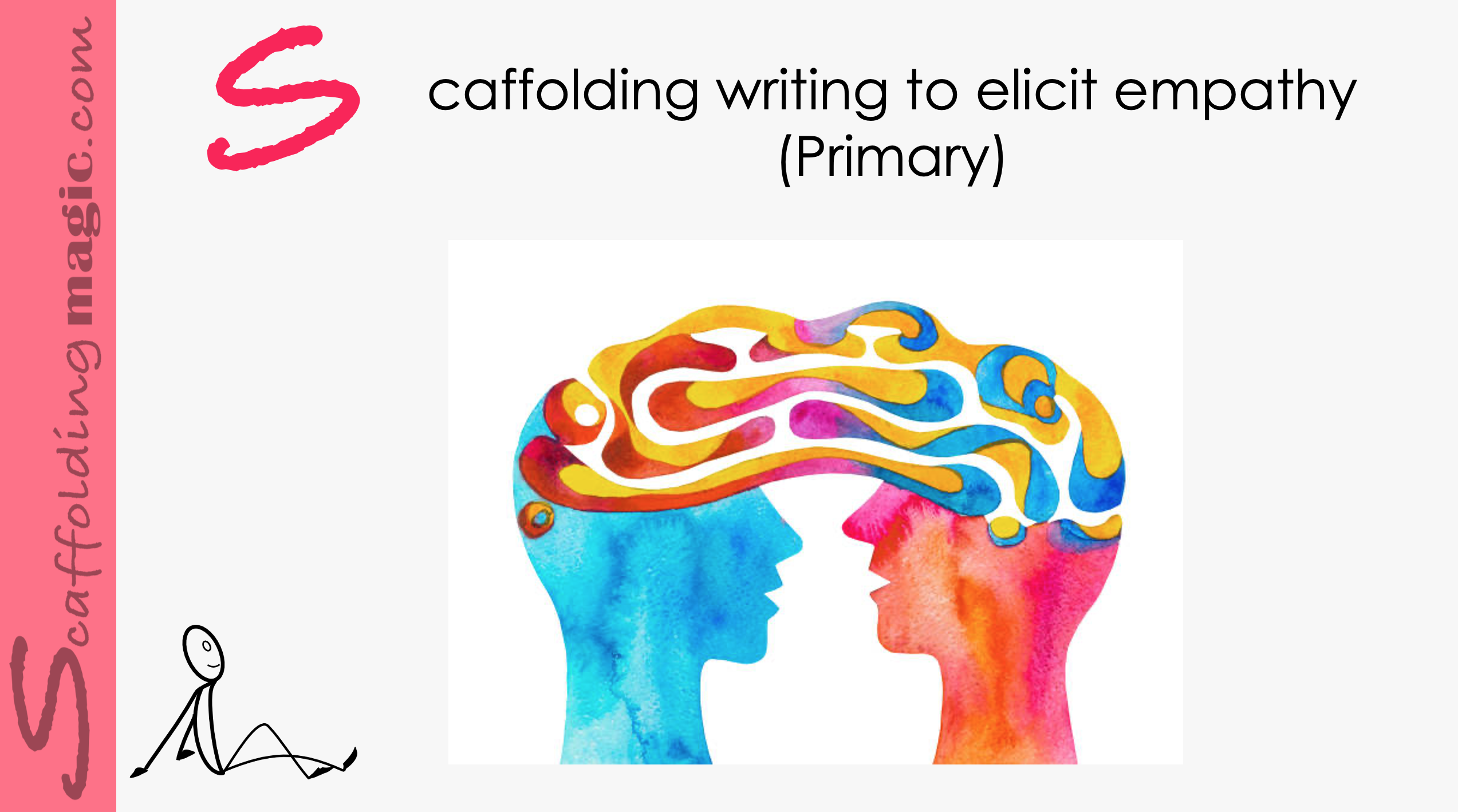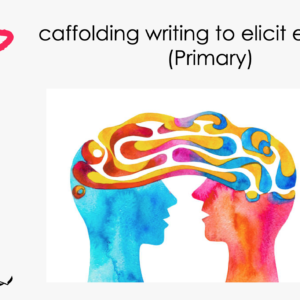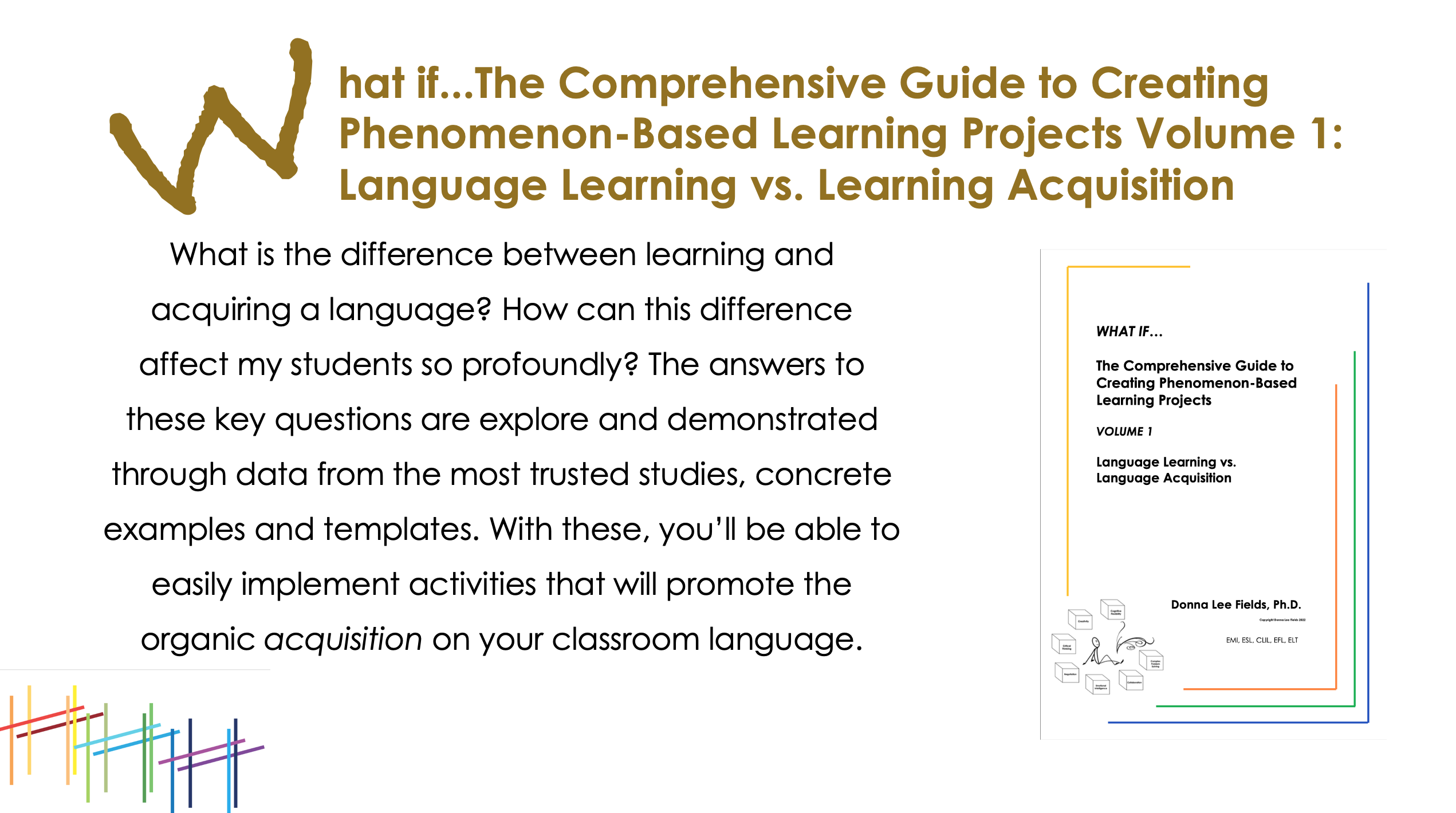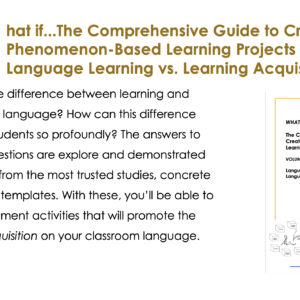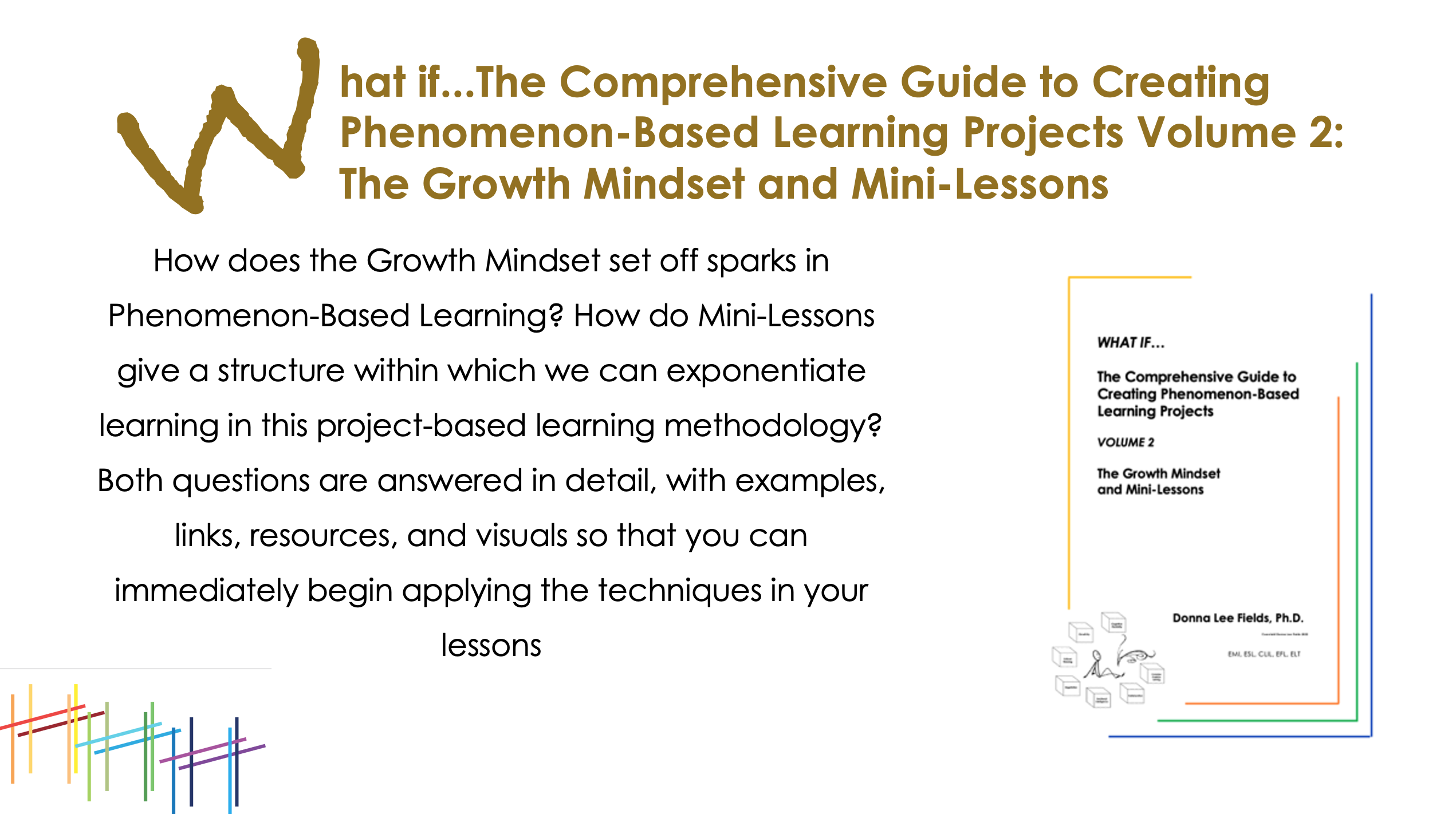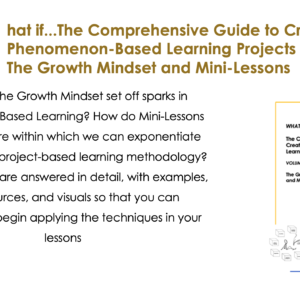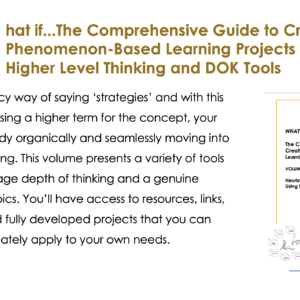Shop
Showing 49–57 of 57 results
-
Pre-School/Lower Primary ScaffodsQuick View
Scaffolding with Irony (Pre-School/Lower Primary)
$5.00 Add to cart - Quick View
- Quick View
- Quick View
- Quick View
- Quick View
- Introduction
- Influence of the military on the educational system used still today
- Questioning our teaching methods
- Methodologies in the language class
- Skills we develop biologically vs. through interaction in a society
- How emotions affect language learning
- How age affects language learning
- Methodologies to change from language learning to language acquisition
- Phenomenon-Based Learning projects supporting language acquisition
- Scaffolds as the starting point to PhBL projects
- Using scaffolding as the introduction to a paradigm shift in methodology
- Case Studies
- Conclusions
-
Phenomenon-Based LearningQuick View
What if…The Comprehensive Guide to Creating Phenomenon-Based Learning Projects: Volume 1 Language Learning vs. Language Acquisition
Original price was: $20.00.$9.95Current price is: $9.95. Add to cart - Introduction
- Pushing ourselves out of our comfort zone
- Carol S. Dweck’s theory of the Fixed vs. the Growth Mindset
- How Phenomenon-Based Learning projects promote the Growth Mindset
- The Growth Mindset and Praise in a PhBL setting
- The Growth Mindset and Reflection in a PhBL setting
- How the Growth Mindset Manifests in PhBL project
- Mini-Lessons 1-4
- Positive Messaging, Myelinated Neurons and PhBL projects
- The Growth Mindset, Errors and PhBL projects
- The Growth Mindset, Neurology, and PhBL projects
- Using Mini-Lessons to Introduce Key Information During Project Work
- Mini-Lessons and Rubrics for PhBL projects
- Conclusions
-
Phenomenon-Based LearningQuick View
What if…The Comprehensive Guide to Creating Phenomenon-Based Learning Projects: Volume 2 The Growth Mindset and Mini-Lessons
Original price was: $20.00.$9.95Current price is: $9.95. Add to cart - Introduction
- The Human Mind’s Need for Structures to Reach Higher-Level Thinking
- Living Examples of Higher-Order Thinking
- DOK Tools and Phenomenon-Based Learning Projects
- Bloom’s Taxonomy
- Circle of Reflection
- Webb’s DOK
- Question Continuum
- Paul and Elder
- Edward de Bono
- Case Studies
- Conclusions
- Annexes
-
Phenomenon-Based LearningQuick View
What if…The Comprehensive Guide to Creating Phenomenon-Based Learning Projects: Volume 4 Higher Level Thinking and DOK Tools
Original price was: $20.00.$9.95Current price is: $9.95. Add to cart
Scaffolding with Irony (Pre-School/Lower Primary)
Adding humour to a lesson is always a recipe for success. Humour changes the dynamic of the class and helps students to see their lessons from a different frame of mind. This scaffold uses irony to help make potentially dry material more inviting and accessible – irony being the highest form of humour.
Of course, there is very little ‘dry material’ in Pre-School classes, especially since Pre-School teachers bring so much energy to virtually anything you do in the classroom. Nevertheless, it’s always nice to remember that we can present new information in a variety of ways to keep our little learners on their toes! (I grew up with an entire extended family who thrived on challenging all its members – from the eldest to the youngest – through ironic statements and very straight faces. I believe that helped me question everything in a very healthy way!)
Adding humour to a lesson is always a recipe for success. Humour changes the dynamic of the class and helps students to see their lessons from a different frame of mind. This scaffold uses irony to help make potentially dry material more inviting and accessible – irony being the highest form of humour.
Of course, there is very little ‘dry material’ in Pre-School classes, especially since Pre-School teachers bring so much energy to virtually anything you do in the classroom. Nevertheless, it’s always nice to remember that we can present new information in a variety of ways to keep our little learners on their toes! (I grew up with an entire extended family who thrived on challenging all its members – from the eldest to the youngest – through ironic statements and very straight faces. I believe that helped me question everything in a very healthy way!)
Scaffolding with Irony (Primary)
Adding humour to a lesson is always a recipe for success. Humour changes the dynamic of the class and helps students to see their lessons with a different frame of mind. This scaffold uses irony – the highest form of humour – to help make potentially dry material more inviting and accessible.
The use of humour is engrained in our cultural perspectives. Edward T. Hall, one of the pioneers of cultural studies for the purpose of preparing us for and appreciating the differences in peoples across the globe, elucidates the varying uses of humour in different environments. American humour, for instance, is binary and is either present or absent. In the Far East, on the other hand, one encounters a wide spectrum of subtle degrees of humour that are commonly present.*
Adding humour to a lesson is always a recipe for success. Humour changes the dynamic of the class and helps students to see their lessons with a different frame of mind. This scaffold uses irony – the highest form of humour – to help make potentially dry material more inviting and accessible.
The use of humour is engrained in our cultural perspectives. Edward T. Hall, one of the pioneers of cultural studies for the purpose of preparing us for and appreciating the differences in peoples across the globe, elucidates the varying uses of humour in different environments. American humour, for instance, is binary and is either present or absent. In the Far East, on the other hand, one encounters a wide spectrum of subtle degrees of humour that are commonly present.*
Scaffolding with Timelines (Secondary)
We can create timelines – or use ones that are offered in the Student Books – as effective tools our students can use to categorise new knowledge through different learning styles, thus encouraging the information to pass from short-term to long-term memory. **
Timelines are used when there is a definitive focus on the concept being studied. Using them, we create a particular question our students need to answer or some situation or event that they need to understand; we can also, of course, use a queries from their Student Books. Cooperative learning is recommended because, if a challenge arises in which one student is weak on linguistics while another is weak on visual clues, they can work together to transfer their respective weakness into strengths. Previously unsuccessful students can then become successful in making sense of, and will acquire a feeling of control over, the subject matter.
We can create timelines – or use ones that are offered in the Student Books – as effective tools our students can use to categorise new knowledge through different learning styles, thus encouraging the information to pass from short-term to long-term memory. **
Timelines are used when there is a definitive focus on the concept being studied. Using them, we create a particular question our students need to answer or some situation or event that they need to understand; we can also, of course, use a queries from their Student Books. Cooperative learning is recommended because, if a challenge arises in which one student is weak on linguistics while another is weak on visual clues, they can work together to transfer their respective weakness into strengths. Previously unsuccessful students can then become successful in making sense of, and will acquire a feeling of control over, the subject matter.
Scaffolding with Venn Diagrams (Primary)
Creating and using concept maps tends to have a high positive impact on student achievement.* Concept maps (graphic organisers) help students to see how various pieces of knowledge relate to one another. It helps to structure their thinking. ** Venn diagrams are one type of graphic organiser that illustrate similarities, differences, and relationships between concepts, ideas, categories, or groups. This scaffold takes the functionality of Venn Diagrams one step further and uses the dynamic of overlapping circles not only to make categories of information visible, but to actually be the venue through which – by analysing patterns – students can teach themselves new concepts. This is the fundamental goal of scaffolding – to create activities for students that help them pull on past knowledge to move into new knowledge – and to become more independent learners.
Creating and using concept maps tends to have a high positive impact on student achievement.* Concept maps (graphic organisers) help students to see how various pieces of knowledge relate to one another. It helps to structure their thinking. ** Venn diagrams are one type of graphic organiser that illustrate similarities, differences, and relationships between concepts, ideas, categories, or groups. This scaffold takes the functionality of Venn Diagrams one step further and uses the dynamic of overlapping circles not only to make categories of information visible, but to actually be the venue through which – by analysing patterns – students can teach themselves new concepts. This is the fundamental goal of scaffolding – to create activities for students that help them pull on past knowledge to move into new knowledge – and to become more independent learners.
Scaffolding Writing to Elicit Empathy (Primary)
Writing is one of the four cornerstone skills of every inclusive educational curriculum. It helps us form our thoughts into coherent verses and communicate over distance and time. It is a skill usually approached as a way of appeasing bands for standardised exams, but, in fact, is the perfect tool to foster the development and expression of empathy.
Empathy is a way of connecting with other people in such a way so that you show you understand what they’re experiencing – and that you respect their experience as something meaningful – even though you may not understand exactly how it feels for them. In other words, empathy is about finding a way to connect.
Writing is one of the four cornerstone skills of every inclusive educational curriculum. It helps us form our thoughts into coherent verses and communicate over distance and time. It is a skill usually approached as a way of appeasing bands for standardised exams, but, in fact, is the perfect tool to foster the development and expression of empathy.
Empathy is a way of connecting with other people in such a way so that you show you understand what they’re experiencing – and that you respect their experience as something meaningful – even though you may not understand exactly how it feels for them. In other words, empathy is about finding a way to connect.
Scaffolding Writing to Elicit Empathy (Secondary)
Writing is one of the four cornerstone skills of every inclusive educational curriculum. It helps us form our thoughts into coherent verses and communicate over distance and time. It is a skill usually approached as a way of appeasing bands for standardised exams, but, in fact, is the perfect tool to foster the development and expression of empathy.
Writing is one of the four cornerstone skills of every inclusive educational curriculum. It helps us form our thoughts into coherent verses and communicate over distance and time. It is a skill usually approached as a way of appeasing bands for standardised exams, but, in fact, is the perfect tool to foster the development and expression of empathy.
What if…The Comprehensive Guide to Creating Phenomenon-Based Learning Projects: Volume 1 Language Learning vs. Language Acquisition
What is the difference between language learning and language acquisition? How will that difference profoundly affect my students? The answer to these questions are explored and demonstrated with practical examples from material often used in the classroom – at all age levels – with templates, links and other resources for you to use to create amore effective language learning environment.
Once you have a strong platform for learning, your PhBl projects will much more fluid and effective. See how your planning finds shape and form, and you remember the excitement you once felt in planning come back like a storm – and how engaged your students become with these simple techniques.
What if…The Comprehensive Guide to Creating Phenomenon-Based Learning Projects: Volume 2 The Growth Mindset and Mini-Lessons
How does using the elements of the Growth Mindset set up a Phenomenon-Based Learning project to be successful? Once you and your students believe anything is possible – with determination, with will, with a positive outlook – the projects you all create will be incomparable to anything they would have finished without it. Using the concrete examples given in this volume, with templates, materials from materials you probably use in your lessons, videos, links, and many other ways to help you to transition into structuring a PhBL project, you’re going to be amazed at the progress you can make in creating these relevant, essential and multiple skill-building projects for your students.
Once you have a strong platform for learning, your PhBl projects will much more fluid and effective. See how your planning finds shape and form, and you remember the excitement you once felt in planning come back like a storm – and how engaged your students become with these simple techniques.
What if…The Comprehensive Guide to Creating Phenomenon-Based Learning Projects: Volume 4 Higher Level Thinking and DOK Tools
You’ve been wanting to create Phenomenon-Based Learning projects for ages but your fear of failure – and frankly not really knowing what the elements are and how to structure the projects – has given you more fear than excitement. Here is the answer to your prayers – templates, examples using subjects and materials you use in your own classes, links, videos, and so much more – all waiting for you to download them and begin. Higher level thinking is the key to PhBL projects of quality and you now have the power to create them. Partnered with DOK tools, you are going to have sparks flying all around you as your students engage and demonstrate all those cognitive and social skills necessary to triumph not only in completing these project, but outside the classroom as well.
Once you have a strong platform for learning, your PhBl projects will much more fluid and effective. See how your planning finds shape and form, and you remember the excitement you once felt in planning come back like a storm – and how engaged your students become with these simple techniques.
